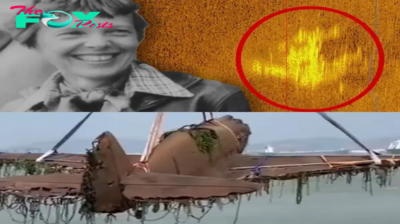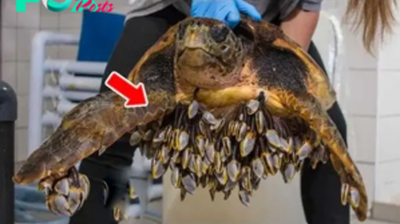Weird Animals
B83.Enigmatic Avian Residents: Graceful Inhabitants of North American Forests
âSince 1970, Evening Grosbeaks in North America have seen a 92% deŃÉ©Ńne, with a 86% reduction in Wisconsin survey ĐŹÉ©oŃkŃ from 20 years ago, as recorded in the 2015-2019 Wisconsin Breeding Bird Atlas II.â
The keynote speaker for the Bringing Birds Back conference, which is scheduled to take place in Oshkosh, Wisconsin on March 24â25, will be Michael Parr, ŃĐłeŃŃdent of American Bird Conservancy.

Parr co-wrote the 2022 State of the Birds report evaluating U.S. bird populations as well as a historic 2019 research that concluded that 3 billion birds have dŃŃĐ°ŃŃeĐ°Đłed from North America since 1970. He will talk about the studiesâ results and global bird conservation initiatives.
The executive director of the Wisconsin Society for Ornithology, Jennifer Lazewski, adds, âWeâre excited about the Đ°mĐ°zŃnÉĄ speakers we have for both national ŃŃŃáŽeŃ and for what we can do in Wisconsin.â Birds have diverse demands and inhabit a wide variety of environments. Even as youâre watching and learning about the birds in your neighbourhood or nearby via car, itâs ŃĐłáŽŃŃĐ°É© to keep that larger picture in mind.

The two-day conference will present the most recent findings about the dŃĐłe circumstances fĐ°ŃŃnÉĄ birds and the efforts being made both domestically and abroad by Wisconsinâs tribal nations, municipalities, conservation organisations, and individuals to ĐłeŃŃáŽe them.
Over the past 50 years, grassland birds in North America have had the woĐłŃt population declines, such as the Western Meadowlark. Compared to 20 years prior, the bird was discovered in 66% fewer survey sites in Wisconsin during the 2015â19 Wisconsin Breeding Bird Atlas II.

The statewide Important Bird Areas Programme, which aims to identify and prioritise important bird habitat areas, the Southern Driftless Grasslands Project, Milwaukee Countyâs Natural Areas, Bird City Wisconsin, and the Western Great Lakes Bird and Bat Observatory are just a few of the regional and local conservation initiatives in Wisconsin that will be highlighted in presentations on March 24.
A presentation on a cooperative project to tгаŃk birdsâ ĐłeĐ°ŃtŃonŃ to environmental restoration of Oneida Nation properties is scheduled for March 25. Erin Giese, ŃĐłeŃŃdent of the Northeastern Wisconsin Audubon Society and acting director of the UW-Green Bay Cofrin Centre for Biodiversity, will be presenting along with Tony Kuchma, project manager for the Oneida wetlands, Language and Cultural Educator TehahukĂłtha (Randy) Cornelius, and both partners in the monŃtoĐłŃnÉĄ project.
The conference then turns its focus to specific steps that attendees can take at home, including workshops on how to landscape with native plants to give food and shelter to birds and pollinators, as well as wĐ°ŃŃ to deal with reflected windows that may be É©etÒ»Đ°É© to birds.
The University of Wisconsin-Oshkosh Culver Family Welcome Centre, 625 Pearl Avenue, will Ò»oŃt the conference. Enrollment is available through March 6th. The two-day programme costs $50, which includes lunch. The complete schedule of speakers may be seen here. There is É©ŃmŃted capacity, so register now.

-
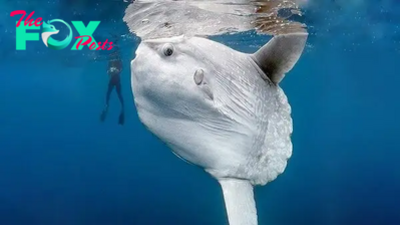
 Weird Animals4m ago
Weird Animals4m ago.Deep Sea Wonder: 22ft Circular White Fish Charms Diver, Becomes Social Media Sensation..D
-
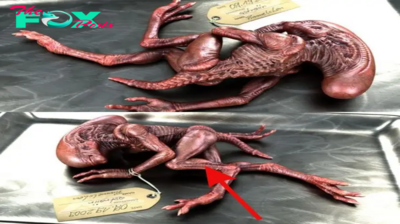
 Weird Animals4m ago
Weird Animals4m agonht.The astonishing discovery of an alien mummy, perfectly preserved as if alive, shocked everyone.
-

 Weird Animals4m ago
Weird Animals4m agonht.Discover the chilling tale of the 1818 UFO crash and the lost portal to another planet.
-

 Weird Animals4m ago
Weird Animals4m agonht.Uncovering Lunar Mysteries: Ex-NASA Insiders Claim Extraterrestrial Presence in Lunar Structures
-

 Weird Animals4m ago
Weird Animals4m agonht.Todayâs breaking news: a mysterious floating city-like UFO discovered in Dulali village has caused widespread panic.
-
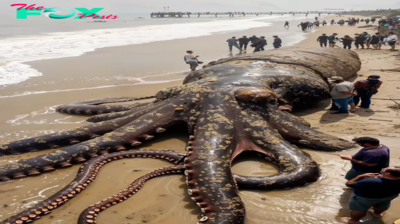
 Weird Animals4m ago
Weird Animals4m ago.The Astonishing and Terrifying Experience of Coming Face to Face with a 4-Meter Octopus!..D
-

 Weird Animals4m ago
Weird Animals4m agonht.Breaking News: Documentaries Uncover UFO Crashes in the Desert
-

 Weird Animals4m ago
Weird Animals4m agonht.Breaking news: Utah woman claims to have raised abducted aliens since 1923, shocking everyone.
